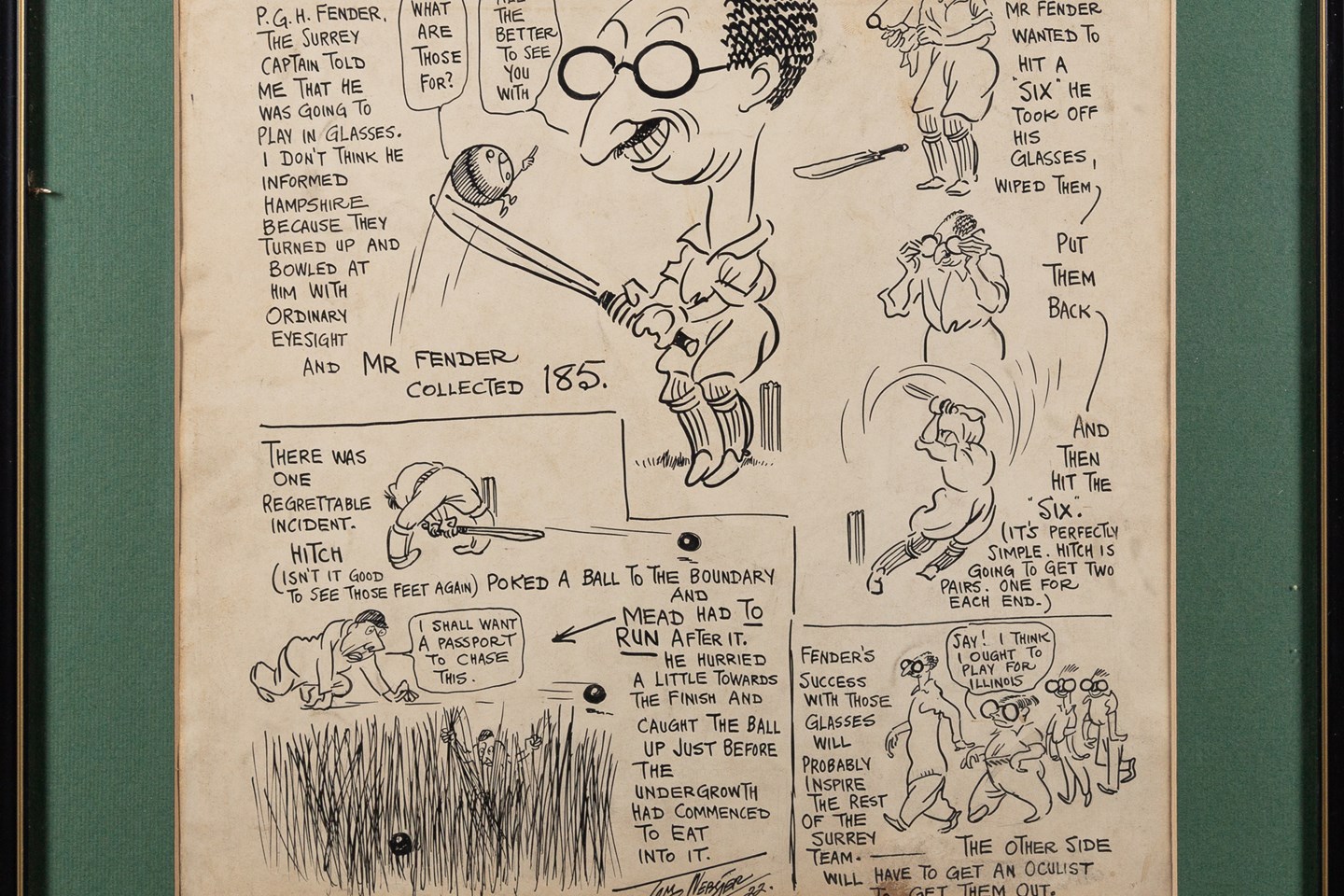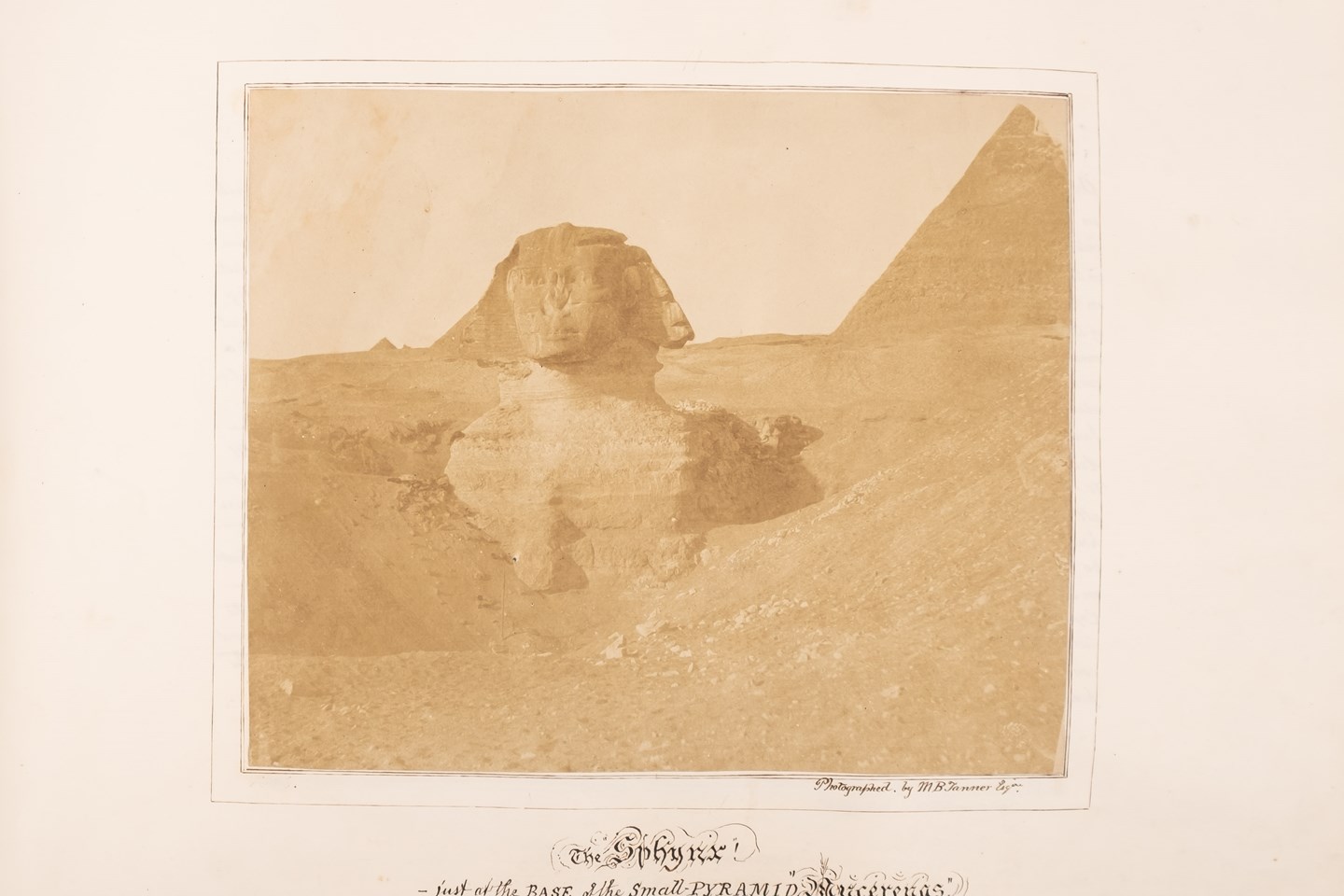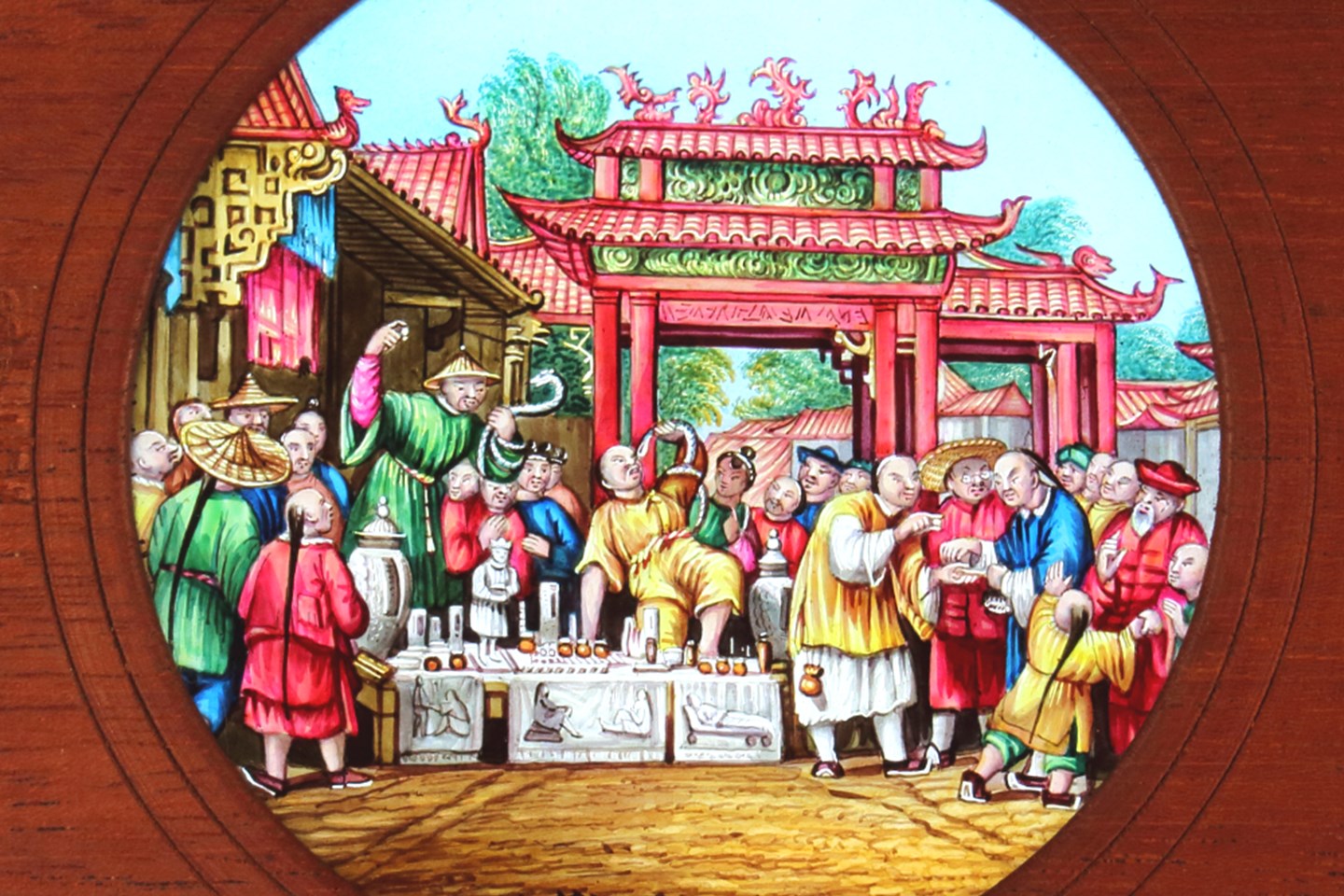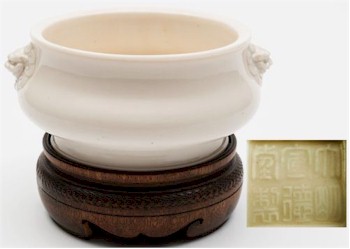
A Blanc de Chine censer, with rare Kangxi reign marks.
There can be few pieces of Chinese porcelain that seem more enigmatic than Blanc de Chine, literally 'white china' - it seems the most sparse and economic of wares.
Produced in Dehua very roughly about half way between the Imperial kilns of Jingdezhen and the Cantons on the southern coast it was at its peak of popularity during the early 17th century through to the mid-18th century, although it is still being produced today.
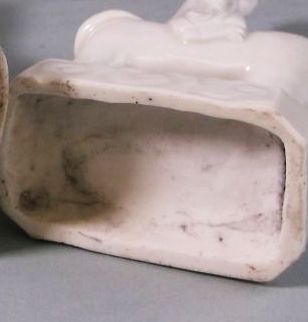
An example of a typical granular base on Blanc de Chine.
Characteristically made with white or off-white clay, Blanc de Chine is covered with a thick clear or creamy white glaze – hardly surprising given its nomenclature. The base often has a granular sugar like appearance or more often than not has multiple small cracks and fissures suggesting that the clay had dried too quickly.
Blanc de Chine is comprised of three main groups: Sculpture, almost exclusively Taoist or Buddhist deities and mythical lion dogs; Round Wares such as vases, bowls and censers; and finally Pressed Wares for the academic's table which include seals, paste boxes, water droppers, ink stones and the like.
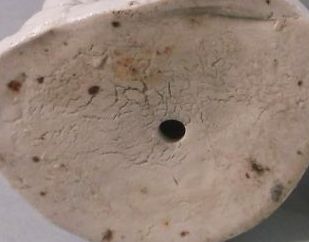
An example of the typical fissure on the base of Blanc de Chine.
Whilst some Blanc de Chine was produced for export, much of the output from Dehua was for domestic consumption. It was, perhaps, rather too plain and discrete for European tastes and, in comparison to the favoured blue and white and enamelled wares, it was cheaper to produce.
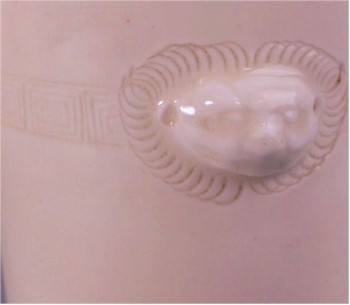
The discrete decoration is often only visible on close inspection.
During its heyday many millions of pieces of this white porcelain were produced, a large hillside kiln could hold 13,000 pieces in a single firing, which does rather raise the question as to why there are surprisingly few survivors of this ware. Where has it all gone?
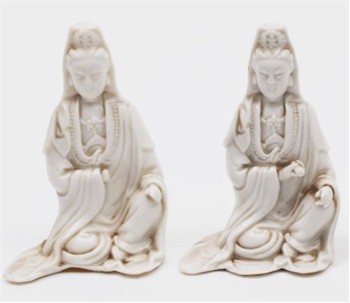
A pair of Blanc de Chine figures of Guanyin.
One can surmise that part of the answer may have been its comparative lack of popularity for Europeans, and when it comes to the Chinese perhaps Blanc de Chine's relative cheapness meant that it was used and handled for worship and scholarly pursuits rather than displayed and revered. This daily use probably made the products of the Dehua kilns, almost invisible, hidden in plain view you might say, and also meant that they were subject to a greater degree of wear and tear.
Finally, Blanc de Chine can be problematic to date; not a great deal of it is marked and that which is can often be difficult to read, being impressed into the clay under a thick creamy glaze doesn't help. When it appears as part of a wreck cargo, such as the Vung Tao, dating is possible, however the vast majority of pieces are not marked and let's face it to the untutored eye one piece of white porcelain can look pretty much like another.
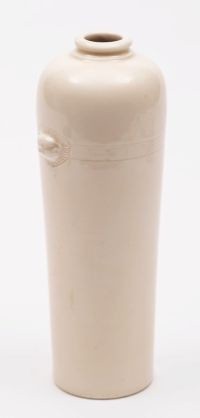
A Blanc de Chine hollow ware vase.
- Bearnes Hampton & Littlewood
- Fine Porcelain
- Chinese porcelain
- Blanc de Chine
- Dehua
- Vung Tao
Hidden in Plain View - The Enigma of Blanc de Chine Porcelain was written on Monday, 26th October 2015.








